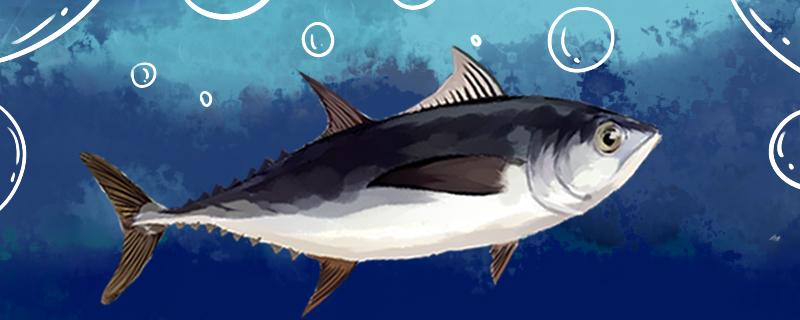 1. Do tuna have many spines
1. Do tuna have many spines Tuna doesn't have many spines, because tuna belongs to marine fish, and they need to resist stronger pressure and pressure when living in seawater, so tuna's spines are relatively thick and its skeleton is relatively large. Tuna usually has only the main thorn, and other parts generally have no small thorns. Compared with freshwater fish, tuna has fewer thorns. Tuna is relatively large, and many people don't find fishbone when eating it, so many people say tuna has no fishbone. In fact, tuna has fishbones, but they have fewer fishbones.
2. Are tuna and salmon the sameTuna and salmon are different. Tuna belongs to Perciformes mackerelidae and salmon belongs to Salmonidae. Secondly, they live in different waters. Salmon prefer to move in cold water, so they are mainly distributed in the northern part of the Pacific Ocean. Tuna prefers to live in high temperature environment, so they are mainly distributed in Indian Ocean, Atlantic Ocean and higher latitude Pacific Ocean. In addition, the meat quality of tuna and salmon is also different. Although both meat quality is fresh and tender, tuna has less fat content, so the taste of tuna is relatively better.